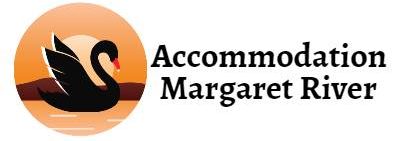23+ Essential Driving in Australia Tips: A Local’s Guide
Navigating the roads in a new country can be daunting, and if you’re seeking driving in Australia tips, you’ve come to the right place.
As a born and bred Australian with nearly two decades of experience driving across both bustling city streets and quiet regional roads, I understand the challenges and nuances of driving down under.
In this post, I’ll share essential tips for visitors to Australia, covering everything from understanding road rules to adapting to local driving conditions.
Whether you’re planning a scenic road trip or navigating city traffic, these insights will help ensure a safe and enjoyable driving experience in Australia!
Best Tips for Driving in Australia
1. We Drive On The Left-Hand Side Of The Road
If you’re used to driving on the right side of the road in the place that you come from, the most important thing you can remember when driving in Australia is that we require that you drive on the left-hand side of the road.
Make sure that the driver should always be close to the center of the road. You must also stay in the left lane unless passing (you must overtake on the right). If there is a broken white line down the middle of two lanes, it’s safe for you to pass if conditions permit; however, should such lines be solid, overtaking won’t be an option until one breaks closer toward your direction.
2. We Give Way To The Right
In Australia, no matter what state you’re in, when there is no traffic light or sign at an intersection, drivers must give way to vehicles coming from the right.
3. Seatbelts Are Compulsory
This one is pretty self-explanatory! In Western Australia, it is compulsory by law for all drivers and passengers to wear a seatbelt. The fine for a driver starts at $550 and goes up depending on how many other people in the car don’t have seatbelts on, and it’s also $550 for a passenger over the age of 16 that is either not seated or without a fastened seatbelt.
🚗Looking to get around via car? Find the cheapest car rentals here!
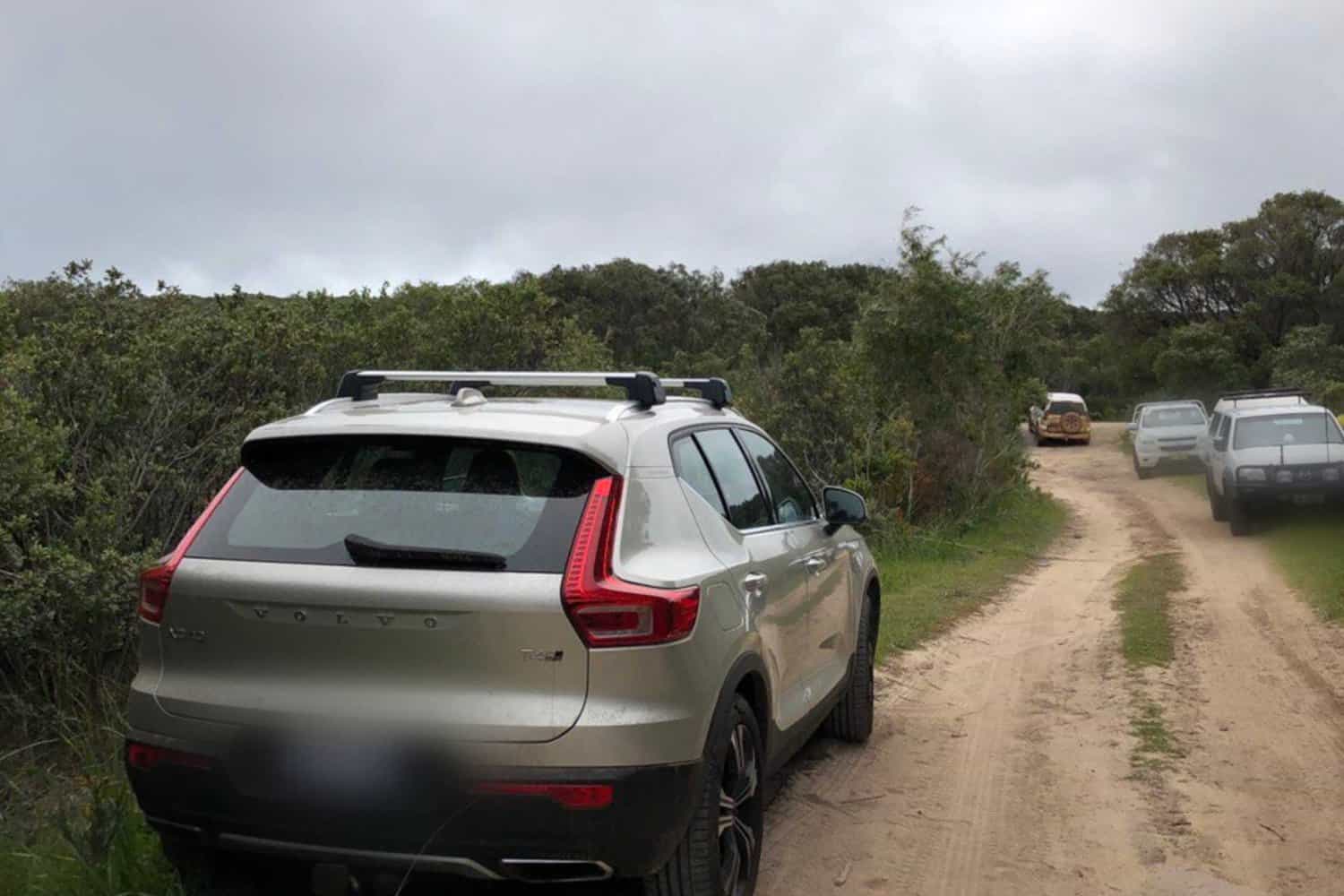
4. It’s Illegal To Use Your Mobile Phone While Driving
It is illegal to use your mobile phone while driving in Australia, so if you need to make a call or text, pull over and park where it is safe to do so. The fines for mobile phone use while driving in Western Australia start at $500 for touching or holding a phone to make, receive or end a phone call, and $1,000 for creating, sending or looking at a text, email, social media, photo, video etc.
5. It’s Illegal To Drive While Under The Influence Of Drugs And Alcohol
The police take this seriously in WA. Fines for returning a BAC (Blood Alcohol Content) over 0.05 and under 0.08 start at $1,000, go up steeply from there and end in imprisonment.
If you are caught driving under the influence of drugs, the penalties start at $1,250.
6. All Speed Limits Are In Kilometers
Speed limits in Australia are measured in kilometers per hour (km/h) as opposed to miles per hour (mph). This is because the metric system is used for most measurements and calculations throughout the country. Try not to get worried about converting anything if it confuses you, just remember to look for our speed signs and make sure your speedometer is below that speed.
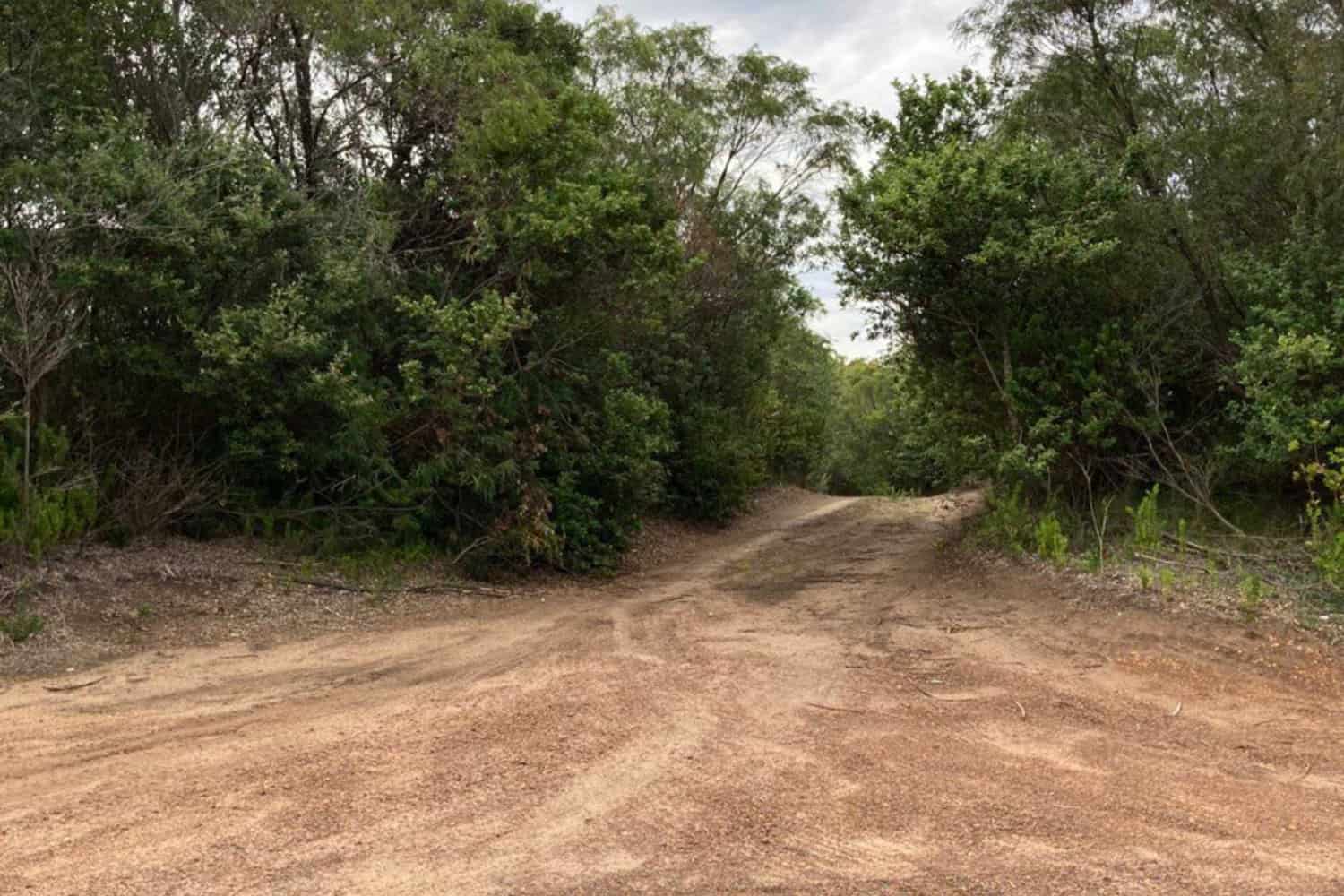
7. Always Park On The Left-Hand Side Of The Road
It is illegal in all states of Australia, including Western Australia, to park your car against the flow of traffic on a road. Therefore, if you’re driving along a two-way street and spot an open parking space on your right side, don’t think about squeezing into that spot with your door at the curb – just keep driving!
8. Check For Parking Signs (2P Means You Can Park For 2 Hours, 3P For 3 Hours, Etc.)
Parking signs are important because they provide vital information about parking restrictions in a given area. In Australia, most areas will have either two hours or three hours of free parking available with signs like “2P” and “3P”. This means you can park your car for two or three hours without any charge, but must move it when your time is up.
If you come to an area that has “2P TICKET” or whatever the length may be, make sure you find the meter where you can get your ticket from, and once paid, display it in your windshield, and don’t overstay the ticket length.
Also keep an eye out for “No Stopping,” “No Standing,” or “No Parking” signs, as these mean that you cannot park in the area indicated.
Checking for parking signs can save you from getting a fine and help ensure that you don’t get stuck with an expensive ticket! And you very well might, as rangers will regularly go around and check parking tickets or the length of time you have been parked.
🚗Looking to get around via car? Find the cheapest car rentals here!
9. Railway Crossings
I have actually known people that have been seriously hurt at railway crossings, so maybe I’m a bit paranoid, but it’s really important to obey all signals and signs, so you can enjoy your holiday safely.
At railways crossings in Australia, drivers must stop at the designated stop sign/line/barrier and wait for an indication that it is safe to cross. The signals could include flashing lights or bells in addition to any electronic gates or a flagman signaling the tracks are clear.
Once you have been given the sign that you may cross, do not stop or linger on the tracks and make sure you keep your vehicle clear of the crossing in case another train comes.
Do not enter a railway crossing unless there is enough room for your vehicle to pass completely over it. Also, be aware that it is illegal to stop in an area painted with yellow criss-cross lines. Fines can be substantial, so make sure to give way to trains when approaching railway crossings.
Following these simple rules will help keep you and other road users safe while navigating around Australia’s railway crossings.
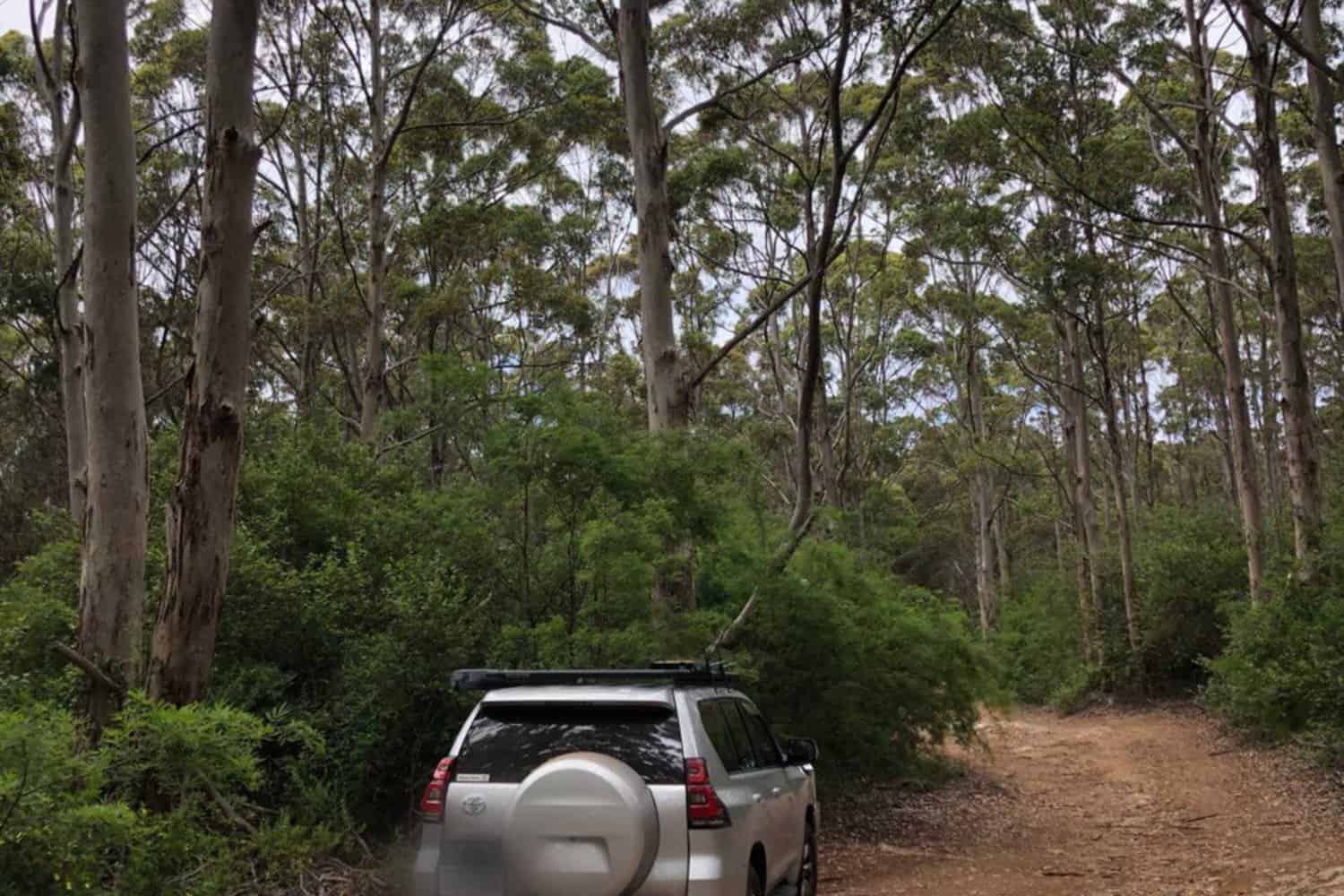
10. Pedestrians Have Right Of Way On A Pedestrian Crossing
Western Australia has its own rules and regulations when it comes to the right of way for pedestrians compared to the other states in Australia, but one thing is certain: as a driver, you must give way to all pedestrians on a marked pedestrian crossing. If you see zigzag lines painted across the road, that’s an indicator that there could be a pedestrian crossing up ahead and you should drive with caution.
Drivers should also give way to pedestrians when turning, making a U-turn, at all intersections and stop signs, and at a slip lane with a stop sign or stop line. Generally, pedestrians have the right of way unless they are crossing a road with no sidewalk or at traffic lights.
But, that being said, these laws aren’t well-followed in WA.
My advice to you, is if you are a pedestrian, assume every car wants to run you over, and if you are a driver, assume that other drivers won’t know the rules and may rear-end you if you try to give way to pedestrians.
11. There Are Different Fuel Types
Australia has a variety of different fuel types available to drivers. Unleaded petrol (ULP), diesel and LPG are the three main fuels used here, but there is also E10 (a blend of 10% ethanol and 90% unleaded petrol), and Autogas (LPG mixed with other hydrocarbons).
Choose the most suitable fuel for your vehicle as this will give you better performance, economy and lower emissions. Unleaded petrol is typically used in cars with small engines and low compression ratios, whereas diesel is more commonly used for larger cars with higher compression ratios. LPG tends to be a cheaper fuel choice than petrol or diesel.
If your hire car requires diesel, some petrol stations will have regular diesel and premium diesel. Check with the hire car company which they prefer if you’re not sure.
Make sure you check what fuel you are meant to be putting in your hire car, and if you’ve checked once, make sure you check again because putting the wrong fuel in can prove dangerous and costly!
12. Service Stations Can Be Few and Far Between
When you’re out on the road in Australia, service stations are a great place to fill up your car with fuel and grab some snacks. Most of these places also have convenience stores where you can find food items like sandwiches and chips.
Service stations can come in different shapes and sizes, ranging from large truck stops that offer full-service facilities, to smaller ones with just a few pumps. Look out for signs on the way to guide you to the closest service station as they can be quite tricky to spot from the highway.
Some service stations also offer car repairs, tyre services and basic maintenance such as oil changes. Service stations in WA also provide amenities such as toilets, playgrounds, picnic areas and wifi access – so they’re a great spot to take a break and relax as you travel around the state.
Always remember to be courteous while at service stations, follow any speed limits and obey the signs to keep everyone safe.
Locals Tip: If you’re traveling remote, and I mean really remote, I always recommend filling up when you come to a petrol station if there’s any chance it may be difficult to find the next petrol station. One time I ran out of petrol because I didn’t follow my own advice, and this involved a 12km walk to the nearest petrol station! It can be a good idea to travel with a 20L jerry can full of petrol as well.
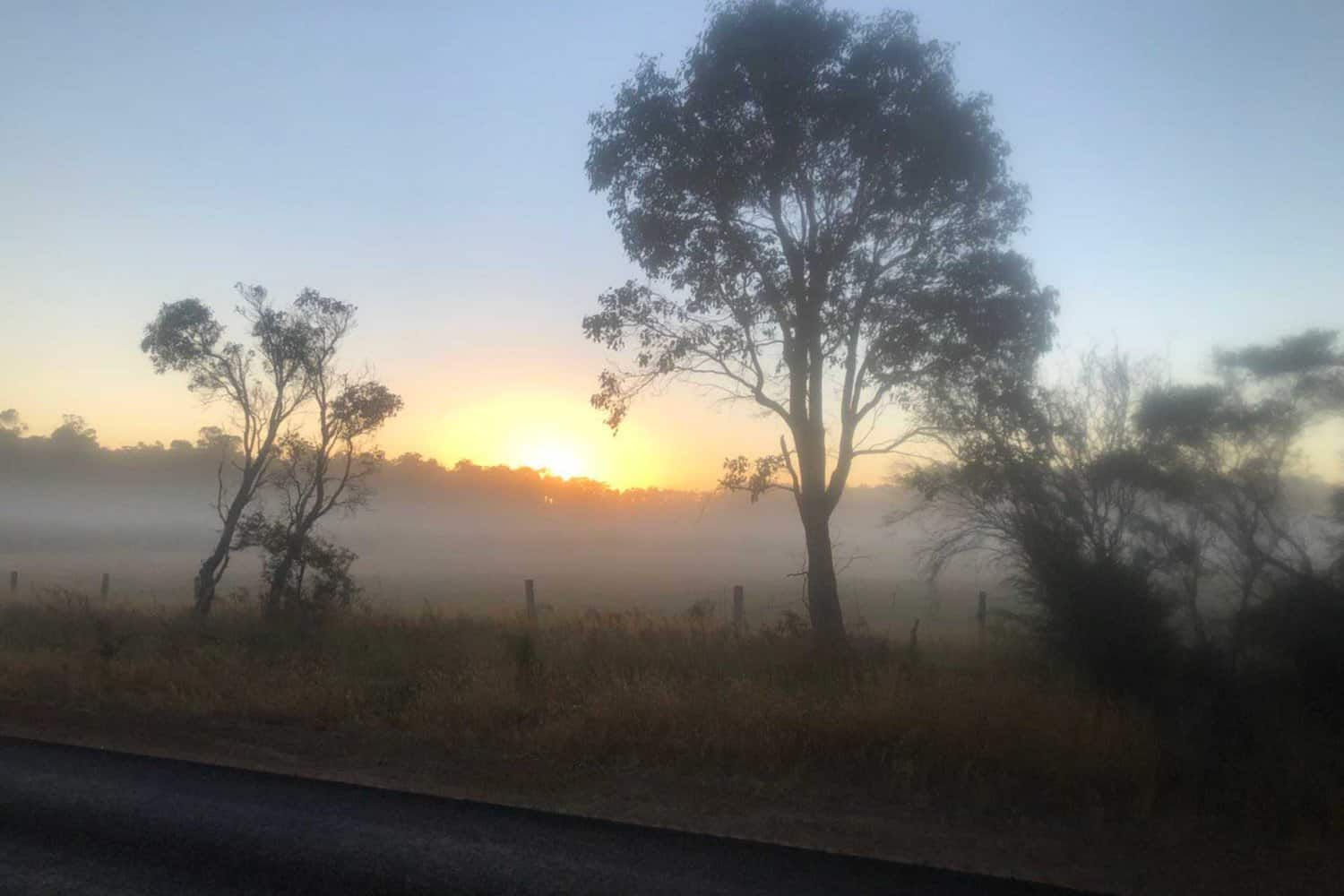
13. Always Travel With A Map
This one is self-explanatory, but if you’re not a local to Western Australia, and you’re traveling somewhat remotely, it doesn’t hurt to travel with a physical map, just in case your phone goes flat, or out of range and you get lost.
There’s plenty of roads around WA where hardly any traffic goes down, so I think it’s smart to be prepared for the worst just in case and save yourself a bunch of petrol and time if you get lost.
14. Road Tolls
We don’t have any road tolls in Western Australia. Other states in Australia do, but not us. So you don’t have to worry about that!
15. Learn the Aussie Wave
As a Western Australian through and through, the old Aussie wave is both endearing and a little annoying. On any trips regionally or remotely, don’t be weirded out by every single car coming in the opposite direction waving at you. It doesn’t mean that there’s something wrong with your car (like one of our international visitors thought!) it’s just our way of saying “hello” and “how ya doin?” to everyone we meet on the road.
🚗Looking to get around via car? Find the cheapest car rentals here!
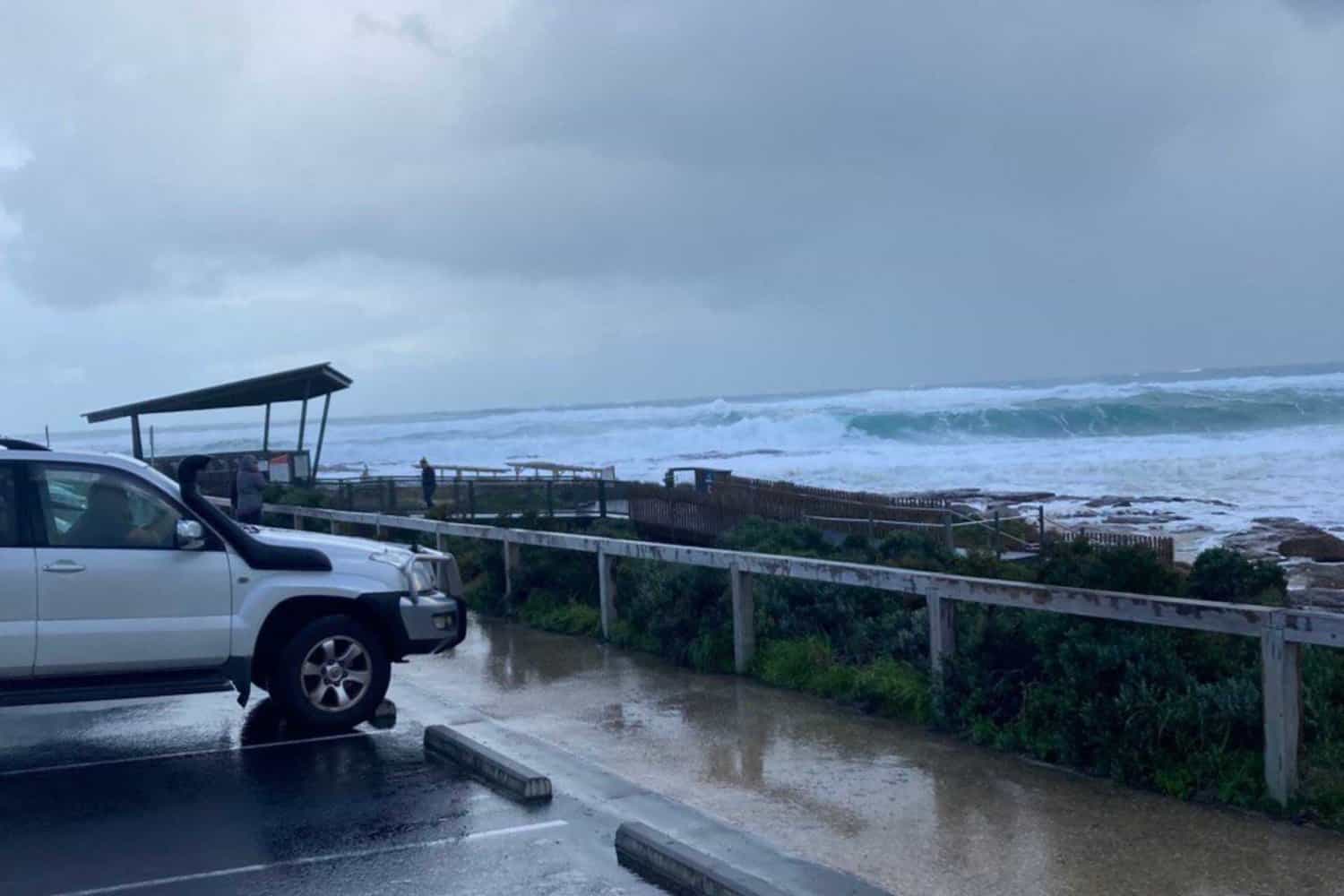
16. Slow Down At Dawn And Dusk For Wildlife
Personally, I have a couple of thoughts here. If you’re not familiar with country driving and you’re coming from overseas, I would highly recommend planning your travel so as not to be driving at all during dusk or dawn.
If it can’t be avoided, drop your speed limit by 10km-20km an hour on regional roads at dusk, dawn, and at night. I drive about 500km a week on country roads, and have done for at least the last 18 years, and I ALWAYS WITHOUT FAIL drive slower at dusk, dawn and at night.
There are kangaroos, emus and livestock that will run out on the road when you least expect it, and trust me when I say a small kangaroo can do a lot of damage.
In my driving life I have written-off one car from hitting a kangaroo, and nearly destroyed another from hitting a cow, and I’ve had hundreds of near misses.
To reiterate, avoid driving on regional roads at dusk, dawn or night if possible, and if you can’t, drive slower.
17. Pull Over If You’re Driving Slower To Let Traffic Pass You
Following on from the above comment, if you are driving below the speed limit for your own safety, make sure you pull over, if safe to do so, to let traffic behind you pass. You may be on holidays and have no time restrictions, but other people live in Australia and have places to be, so do the polite thing and let them pass you safely if you’re driving slowly for whatever reason.
18. Oncoming Traffic Flashing Hi-Beams At You
If a car coming in the other direction flashes their high beams at you, it’s important that you immediately slow down because they will be trying to warn you of an upcoming hazard. I have flashed my lights at people, and been flashed by people, to warn of livestock (ie. cows, sheep and horses) on the road, or of car accidents where the emergency services may or may not be yet, but that you will need to slow down for.
People will usually only do this within a 10-20km radius or so of whatever the hazard is, so if you’ve been flashed and travelled that far and not seen a hazard, then its probably safe to speed back up to the speed limit again.
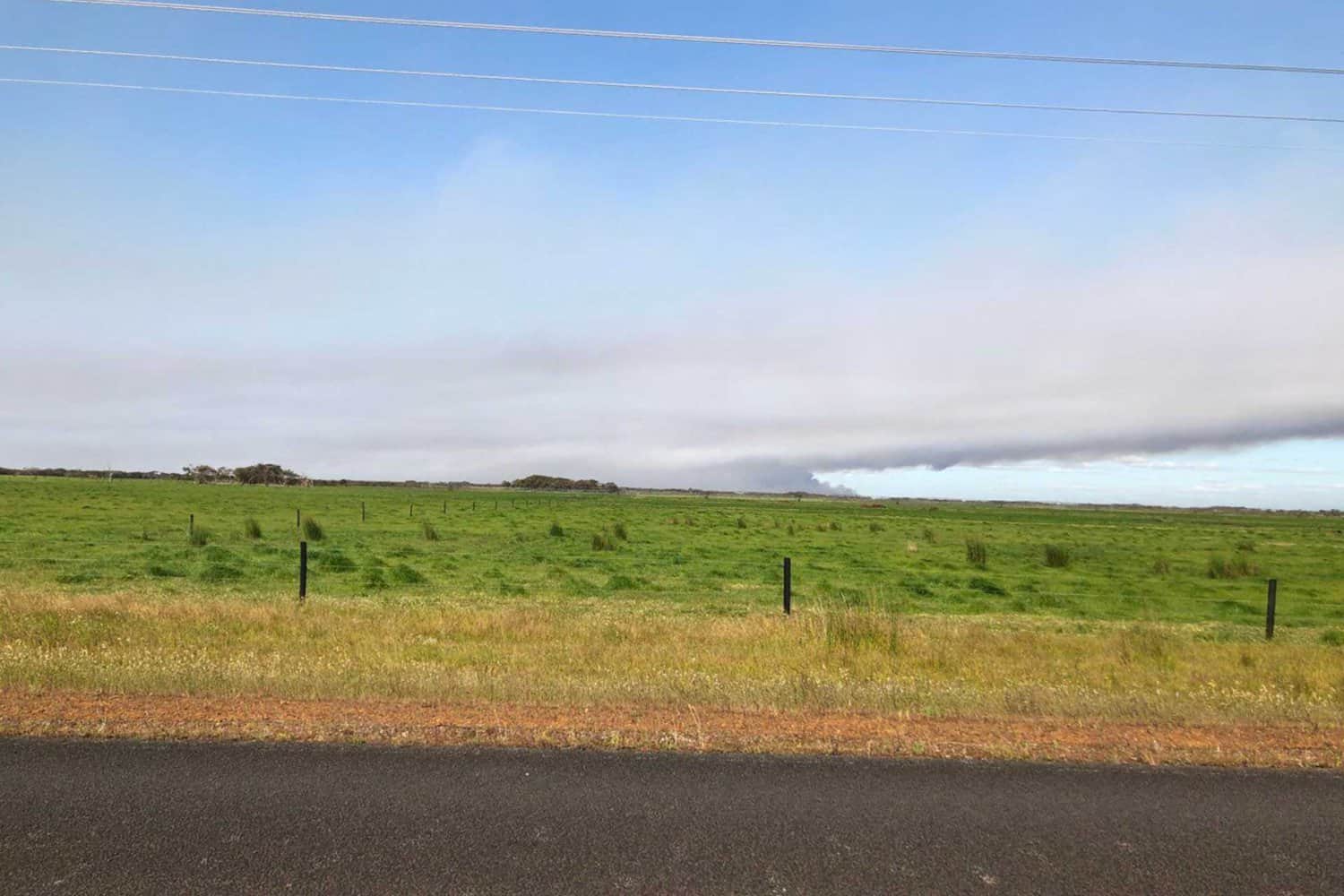
19. Don’t Attempt River Or Creek Crossings
I hope this is obvious, but I wanted to say it anyway because one of my customers died when he attempted to cross a creek that had come across the road after some heavy rains.
So, just don’t do it. There is no circumstance whereby it is ever a good idea to try and attempt a river or creek crossing with your hire car.
Obviously, if you’re up north, or 4WDing and you are experienced, then of course you know what you’re doing, but if you are a visitor to our state, and you’re driving on our regular roads and highways, and there’s a tonne of water over the road because of heavy rain or flooding, I would NOT recommend trying to cross it.
Best case scenario, you live, albeit with a soggy car that could be potentially damaged from the water, worst case scenario, the water washes you and your hire car away and you die.
20. Stay On The Main Roads
I’m all for people having an adventure, but if you’re not a Western Australian with extensive off-road experience, just stay on the main roads. If you go down some dodgy looking road or track your vehicle might get bogged or you might break down, and some of those roads don’t see much traffic at all, so you could potentially be broken down somewhere with no phone reception, and a long wait between passing cars. Just be sensible with your adventuring!
🚗Looking to get around via car? Find the cheapest car rentals here!
21. Make Sure You Carry Emergency Supplies Like A Tyre, Tyre Jack, Water And Food
The hire car company should provide you with a spare tyre and a tyre jack, just check when you’re picking up your car where it is located. As for food and water, this is something I personally have always done.
I always make sure we have at least 2-3L water and also a few snacks. I’ve never had to use the water or snacks myself, but we have seen other people broken down on remote stretches of road and are waiting for a tow truck, who have always been very grateful when we’ve given them some bottled water and food.
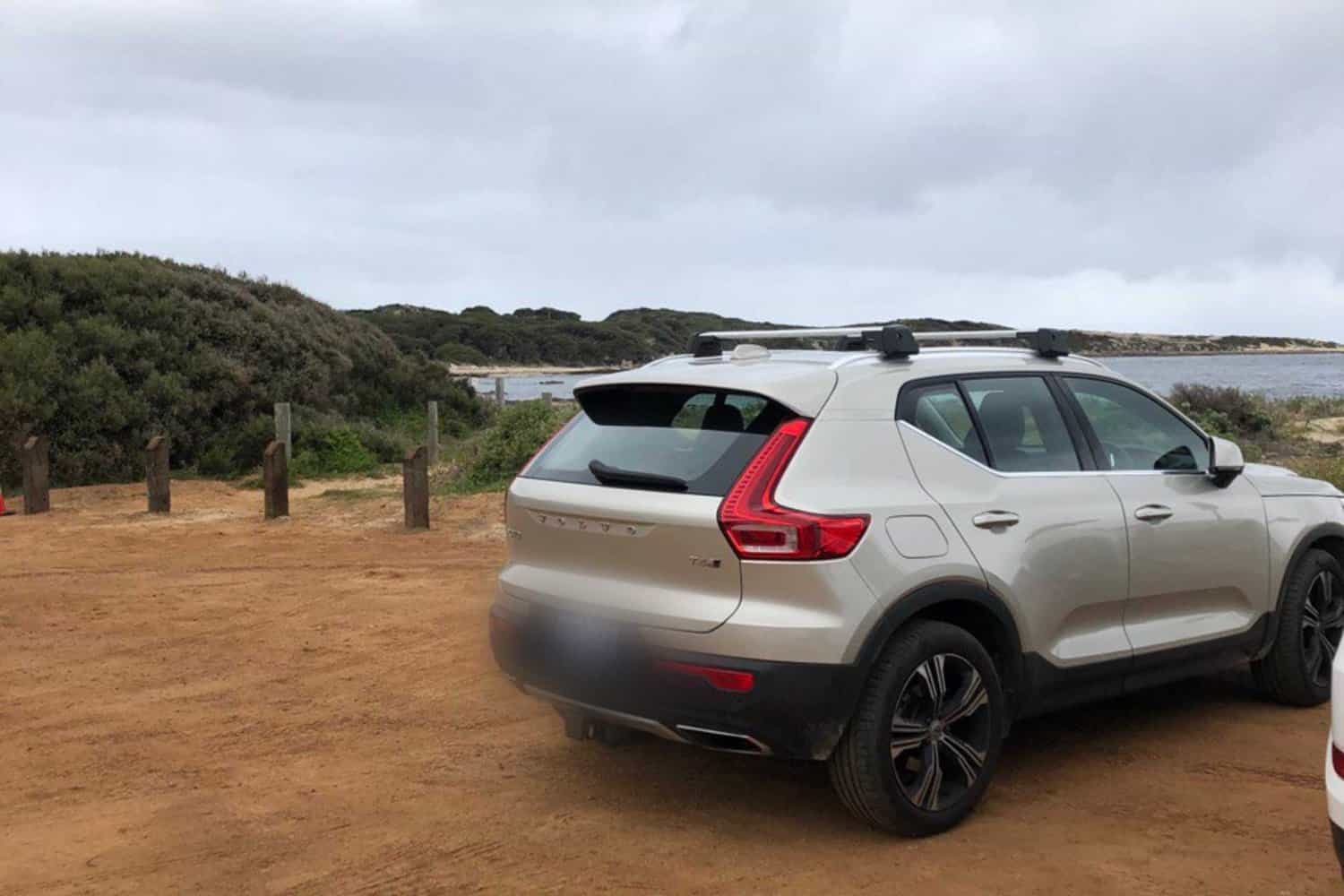
22. Check Your Tyres Every Morning
I recommend checking your tyres every morning so you can quickly identify if you have any punctures or slow leaks with your tyres. Seems excessive, I know, but if you are travelling remotely, and you suddenly have a flat tyre, you could potentially be stuck on the side of the road for 3-4 hours, if not longer. Much easier to keep on top of any maintenance style things BEFORE they become an issue, don’t you think?
23. Learn to Use Roundabouts
A bone of contention for many Western Australians, roundabouts are a circular intersection of roads, where drivers travel in a counter-clockwise direction around the roundabout and then exit off on their desired exit/road. In Australia, you must give way to any other car that is already in the roundabout, as well as indicate when you are exiting off.
This makes perfect sense, right? Well, don’t be shocked if you see people in Australia not know how to use a roundabout correctly. Just approach all of them with caution and assume the other drivers don’t know what they’re doing.
🚗Looking to get around via car? Find the cheapest car rentals here!
Wrapping Up: How to Drive in Australia
Today, I’ve talked about lots of important tips for driving safely in Australia, like remembering to drive on the left side and watching out for animals on the road. These tips are super helpful for making sure you have a fun and safe trip while driving around Australia’s cool places.
If you’re thinking about starting your adventure in Perth and need a car, don’t forget to check out my other post about how to rent a car in Perth. It’s got lots of easy-to-understand tips to help you pick the best car for your trip. And, once you have your car sorted, get ready to hit the road and have an awesome time exploring Australia!
Read More About Traveling From Margaret River:
Read More About Traveling From Perth:
